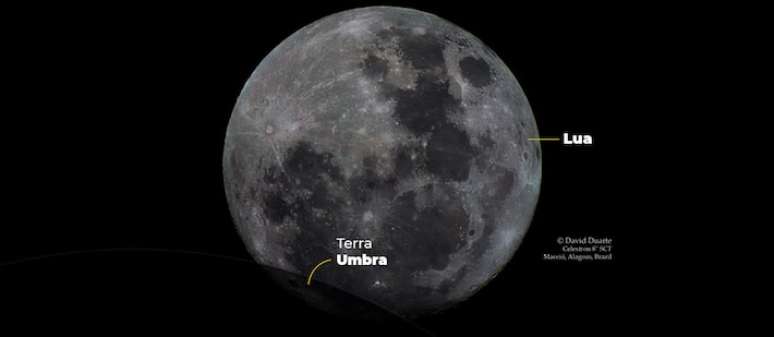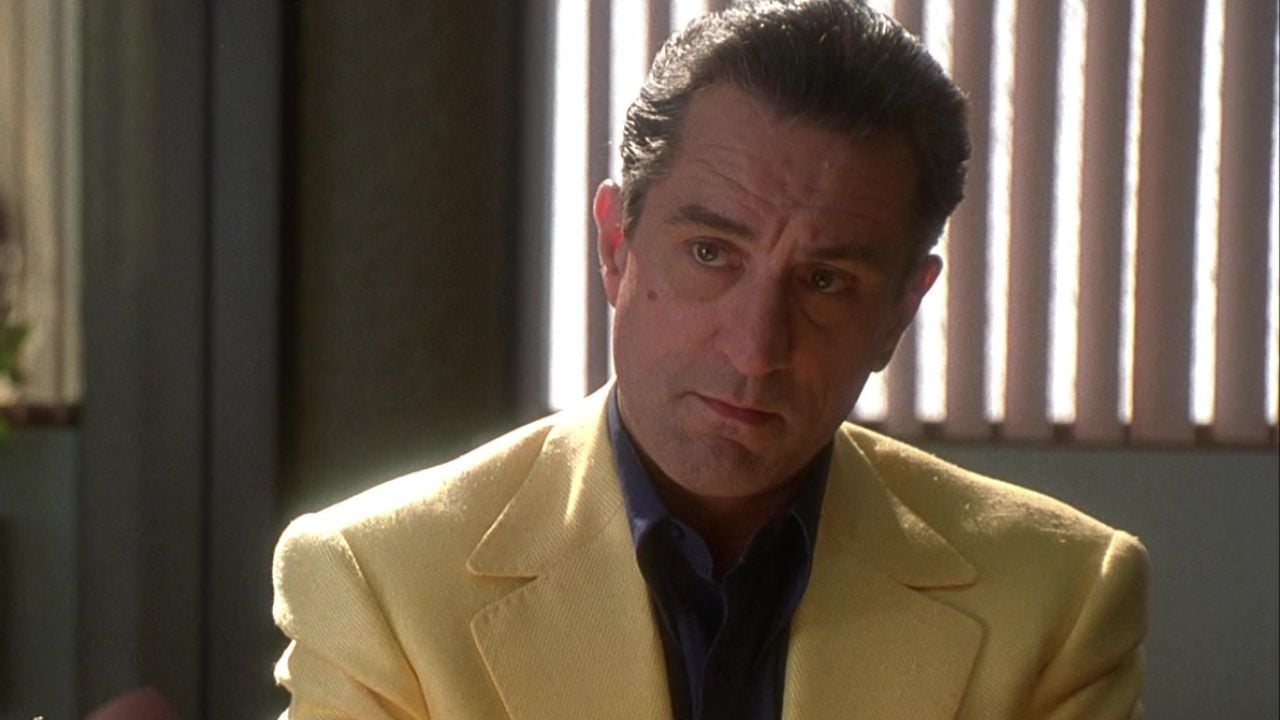Observation will be difficult due to the small fraction of the natural satellite hidden by the Earth’s shadow, but there are possibilities to follow the phenomenon; there will also be live
A partial lunar eclipse can be observed on the night of this Tuesday 17th from various parts of the world, including Brazil. Although viewing is difficult due to the small fraction of the Moon hidden by the Earth’s shadow, there are possibilities to follow the phenomenon with the naked eye. This will be possible if the weather conditions allow it: there must be no clouds in front of the Moon.For example.
Anyone interested can look directly at the Moon, without worries, because, unlike the solar eclipse, there is no risk to our eyes, according to the National Observatory.
The institution also organizes live broadcast from 9:30 pm (Brasilia time) for those who want to follow the phenomenon and better understand its particularities.
A partial lunar eclipse occurs when the Earth’s shadow, generated by sunlight, covers part of our natural satellite, leaving it dark for a few moments. In the case of this Tuesday, the Moon will have covered 3.5% of the area of its disk, and the forecast is that the The event can be viewed from 11.12pm this Tuesday to 12.16am on Wednesday 18th.
“Only 0.085% of the Moon’s diameter will be covered by Earth’s shadowbut the most significant is the fraction of the lunar disk area to be covered. In this case it will be 3.5%”, says Professor Roberto Dell-Aglio Dias da Costa, of the Institute of Astronomy of the University of São Paulo (USP).
Dell-Aglio also believes that the fog or smoke from the fires that are spreading across Brazil hinders the ability to see the phenomenon clearly. “The worse the visibility of the sky, the more difficult it will be to observe. If there are no clouds it will be possible to see even if of worse quality.”
Phases of the lunar eclipse of September 17-18, 2024 (Brasilia time), according to the Unesp observatory:
- Moon enters Earth’s penumbra: 21:41 (hardly visible to the naked eye)
- Moon enters shadow: 23:13
- Halfway through the eclipse: 11:44 PM
- Moon exits shadow: 00:16
- Moon exits the penumbra: 01:47
Types of lunar eclipses:
- Penumbral lunar eclipse: This is the most subtle type. It occurs when the Moon enters the Earth’s outer shadow (penumbra). That is, when the Earth’s shadow disk cannot be seen above the Moon, but its brightness decreases slightly because the Earth’s shadow cone is nearby.
- Partial lunar eclipse: when the Earth’s shadow partially covers the Moon’s disk, in accordance with the movement of our planet and its natural satellite around the Sun. In other words, only a part of the Moon is hit by the Earth’s shadow.
- Total lunar eclipse: When the Moon’s disk is completely covered by the Earth’s shadow. The darkest part of the Earth’s shadow, the umbra, covers the Moon halfway through the eclipse.
Lunar Eclipse vs Solar Eclipse:
- Lunar eclipse: The Earth is aligned between the Moon and the Sun.
- Solar eclipse: the Moon is exactly between the Sun and the Earth.
Solar eclipse
After the lunar eclipse there will be an annular solar eclipse October 2ndwhich will also be broadcast by the National Observatory.
“It is interesting to note that eclipses of the Moon and the Sun occur sequentially. This is due to the fact that the plane of the Moon’s orbit is inclined with respect to the plane of the Earth’s orbit, by about 5 degrees. If there were no such inclination, in every New Moon there would be an eclipse of the Sun and in every Full Moon there would be an eclipse of the Moon”, says Josina Nascimento, astronomer at the National Observatory

Source: Terra
Rose James is a Gossipify movie and series reviewer known for her in-depth analysis and unique perspective on the latest releases. With a background in film studies, she provides engaging and informative reviews, and keeps readers up to date with industry trends and emerging talents.


![Tomorrow Belongs to Us: What’s in store for Friday 17 October 2025 Episode 2055 [SPOILERS] Tomorrow Belongs to Us: What’s in store for Friday 17 October 2025 Episode 2055 [SPOILERS]](https://fr.web.img5.acsta.net/img/96/95/96957c8eef9a3bd87daf877432629ae3.jpg)


